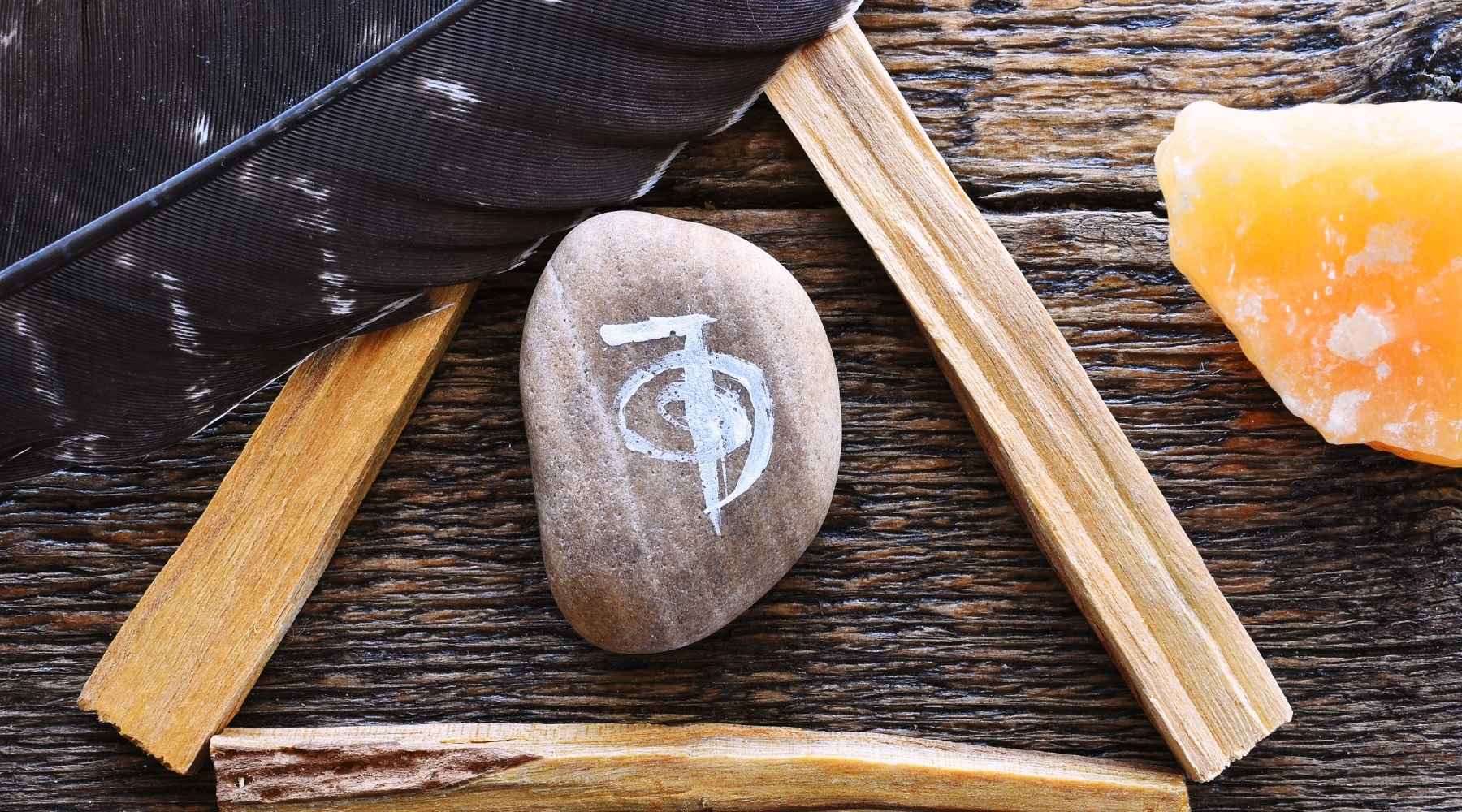
How Reiki Symbols Work
You may know that Reiki is a hands-on method of energy balancing for the purpose of relaxation and stress reduction, many people choose to learn Reiki as a tool to use for their own healing. You also may know that there are Reiki Masters, who teach students how to use the energy of Reiki so that clients can experience deep relaxation, which creates healing within the body, the mind, and the soul.
But do you know how reiki symbols work? Did you know there are specific Reiki symbols that reiki practitioner healers use in order to accelerate and focus a healing session?
Reiki was introduced to the West in the 1970s. And although it is a positive energy that is sometimes called life force, there are some people that have a hard time with conceptualizing Reiki energy.
Therefore, some of the early Reiki Master teachers created symbols for students that were more visually-oriented, so they could understand Reiki. These symbols represent certain concepts and actions a Reiki healer can take when they write the symbols down or trace them with their finger in the air. A Reiki healer can intend for the symbol to help focus the energy with an intention of healing.

The Five Traditional Reiki Symbols
Although there are many different symbols that represent energy, there are five basic symbols that Reiki Masters use in their teachings.
-
Cho ku rei
The power symbol, used to increase or decrease power. -
Sei hei ki
The harmony symbol, used for mental and emotional healing. -
Hon sha ze sho nen
The timelessness symbol, used for distance Reiki healing. -
Dai ko myo
The master symbol, used to encourage enlightenment. -
Raku
The grounding symbol, used in the Reiki Attunement process
The 3 Levels of Reiki Symbols
When you Learn Reiki you will typically learn in three different levels.
Reiki level one: during Reiki level one, the student does not learn any of the Reiki symbols but instead learns how to give herself Reiki for self-healing.
Reiki level two: During Reiki level two the student deepens their practice and this is where the student learns how to write the first three Reiki symbols for healing.
Reiki level three: (also known as the mastery level), the student learns how to write the specific symbols to initiate other people into Reiki mastery.
These specific symbols are consider tools to be used when doing a healing on a client. There are also specific Reiki symbols that are used in order to initiate a student into becoming a Reiki Master.
Reiki Symbol Initiation
There are many different forms of energy healers in the world. However, if a person is going to call themselves a Reiki practitioner or a Reiki Master, that means that they were initiated by another Reiki Master teacher. One can never become a Reiki practitioner or a Reiki Master unless they are initiated with the symbols into their aura.
There is a specific initiation for this process. Otherwise, people are simply energy healers. While there is nothing wrong with that, only people that have been initiated by a Reiki master can call themselves a Reiki healer.
This is how the lineage is established with the concept of Reiki.
Hundreds of years ago in Japan, Reiki was forbidden to be taught in public. Students were taught the symbols by chanting them and writing them with their hands in the air. They were shown how to make the symbols by their Reiki Master teachers.
Because the students were forced to memorize the symbols and not allowed to write them down on paper, some of the symbols became lost. Fortunately, many of the symbols have been recovered through dreams and meditation as messages to healers.
There is a practice in Reiki where the symbols are chanted. This chanting practice is called the Kotodama and is considered a lost teaching.
When is it Best to Use Reiki Symbols?
The Reiki symbols is used as a tool for the Reiki healer to help focus the healing energy for a specific situation or in a specific area on the body, a Reiki healer can use the Reiki symbols whenever they want.
The Reiki symbols can be used in any situation and any circumstance, for they are only positive symbols of your healing energy, there is no such thing as a negative Reiki symbol.
As the Reiki healer develops their healing ability, through experience and practice, they may find that they do not need to use the symbols as much. Many Reiki practitioners can then feel the energy come through their hands as they develop their practice.
One can liken the use of the Reiki symbols like training wheels on a bicycle. After the Reiki practitioner has enough experience, they can choose to use the symbols or not, and still feel the Reiki energy when they are doing a healing on a client.
The Reiki symbols are beautifully designed and nature recognizes the energy in these symbols, when a Reiki practitioner draws or chants them. Reiki symbols work because of the intention of the Reiki healer and the Universe recognizing the energy that emanates from the symbol.
Reiki works on every living being because it is a living energy source. And the great thing about Reiki and the symbols is that when the practitioner uses it on a client, not only does the client get a healing but so does the practitioner.
Reiki is a beautiful and simple system that anyone can learn. We encourage everyone to experience the energy of Reiki and if it calls to them, to learn how to use the Reiki symbols.


